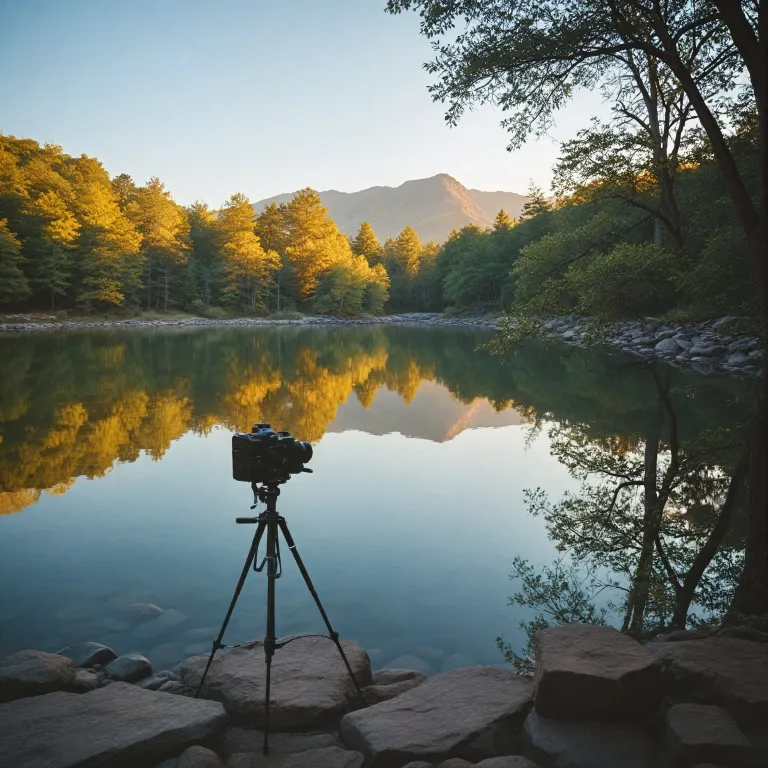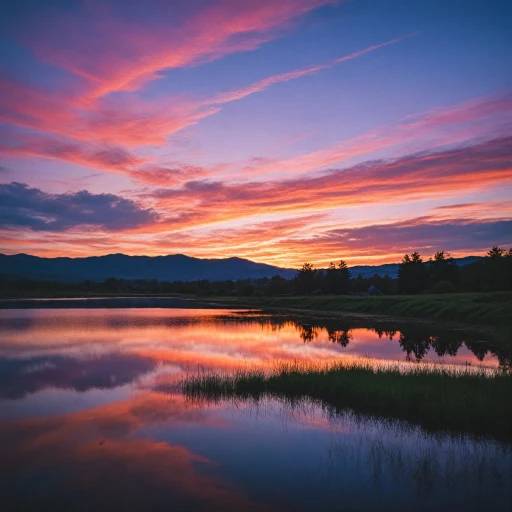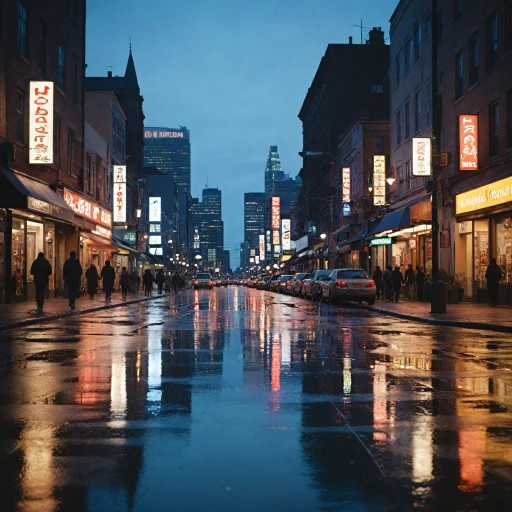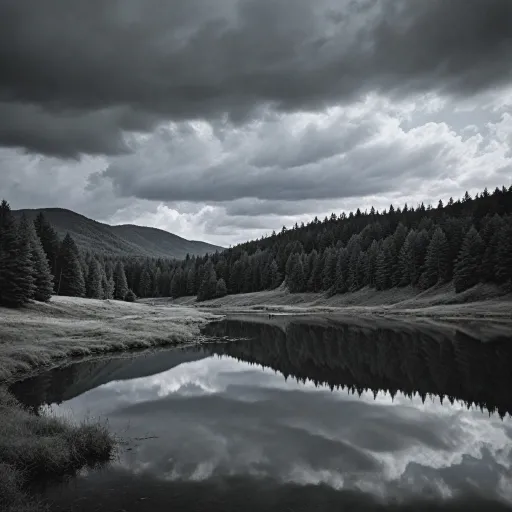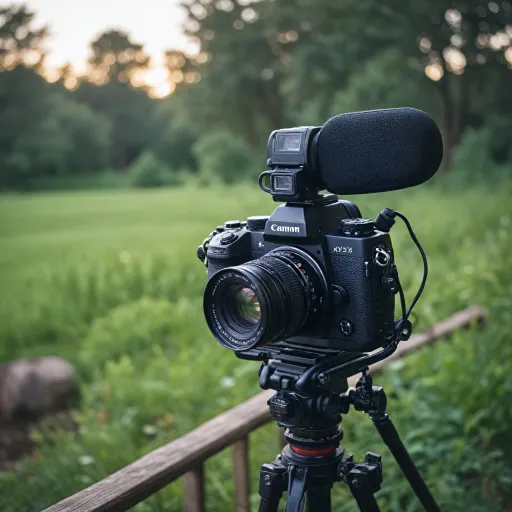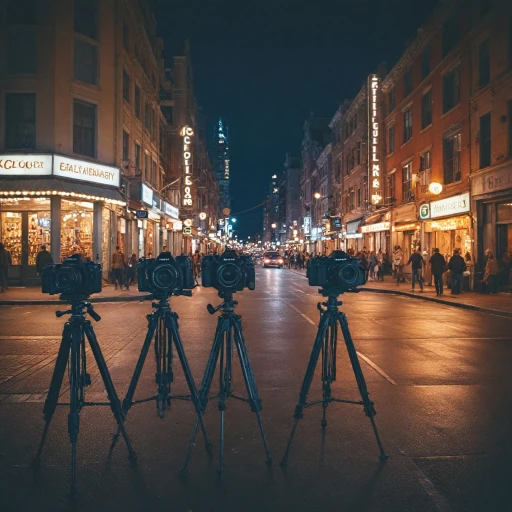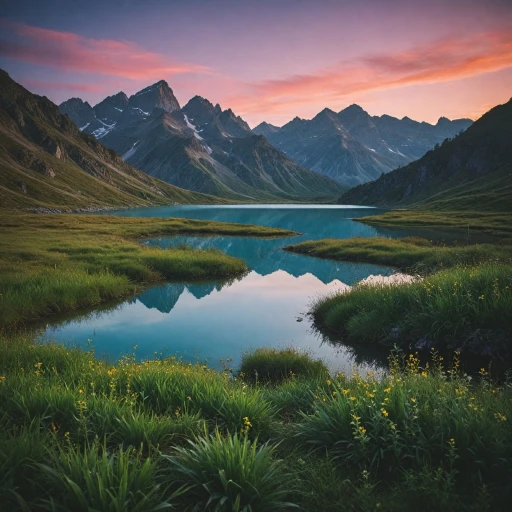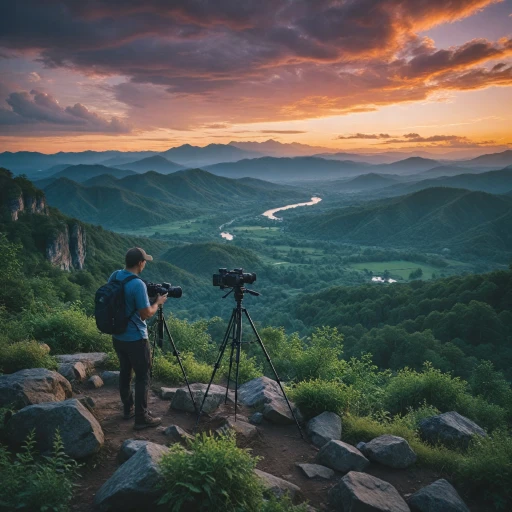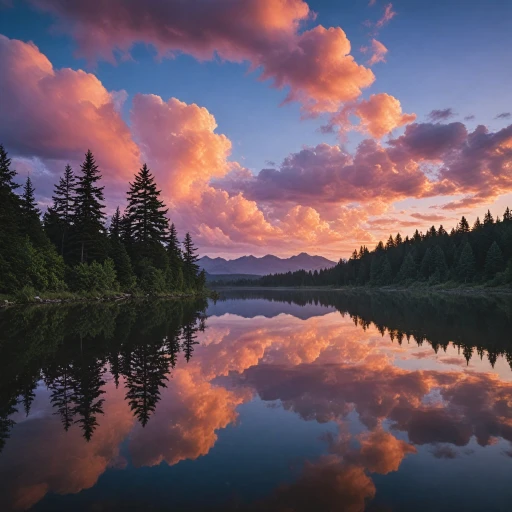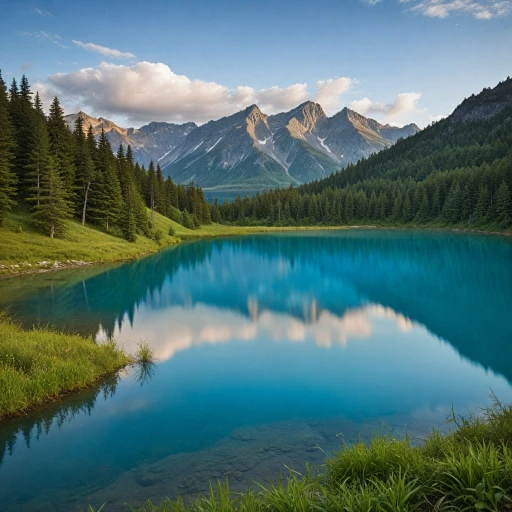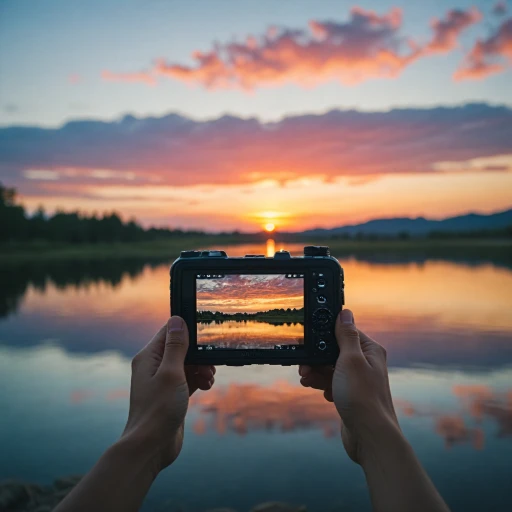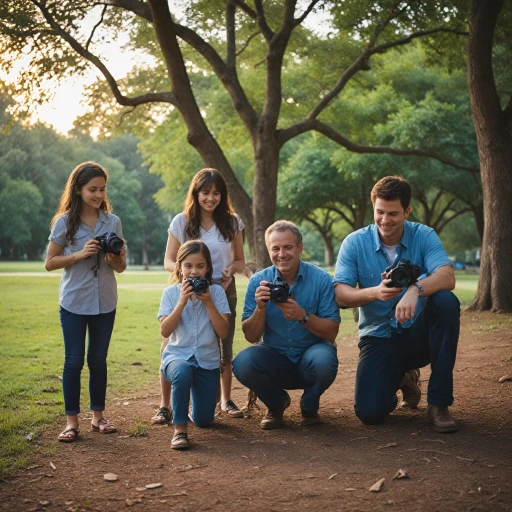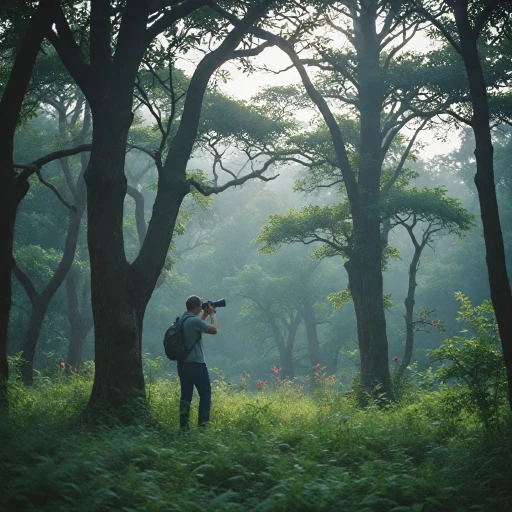
Understanding Pinhole Camera Basics
A Journey into the World of Pinhole Photography
Exploring pinhole cameras opens a fascinating window into the fundamentals of photography. Unlike traditional cameras, pinhole cameras are simple, yet they offer a unique way to capture images, taking us back to the origins of image projection and the early days of the camera obscura. Imagine a small, lightproof box with a tiny hole—this is what makes up a basic pinhole camera. When light passes through the small hole, a crisp, upside-down image is projected onto the opposite side of the box. This image can be captured on photographic paper or film, creating what we know as a pinhole photo. Pinhole photography is a captivating art, differing substantially due to its lack of a lens. Instead, it relies on the pinhole itself to focus light. Key characteristics set this form of photography apart:- Long Exposure Times: Without a lens to focus light sharply, pinhole cameras generally require long exposure times. This results in dreamy, ethereal images or even visually striking solar eclipse pictures.
- Infinite Depth of Field: Every element in the frame can be in focus, offering a distinct visual charm.
- Flexible Size and Shape: With various formats available, pinhole cameras can be crafted in diverse shapes and sizes, from small homemade models to larger, professionally published designs.
Creating Your Own Pinhole Camera
Transforming Household Items Into a Camera
Creating your own pinhole camera may seem like a daunting task, but with a few household items, you can turn everyday objects into a functional photographic device. This process not only reinforces the foundational principles of photography but also empowers you to craft a unique tool tailored to your creative vision.- Materials you need: A light-tight container such as a shoebox or an empty tin, a piece of aluminum foil, a pin, tape, and photographic paper. The size of the container will determine the size of the image projected, which will vary depending on how the exposure is influenced by light sources such as the sun.
- Crafting the pinhole: Cut a small square piece of aluminum foil and tape it over a hole made in the box. Use a pin to create a tiny opening in the foil. This pinhole will act as the lens of your camera pinhole, directing light to form camera images on the photographic paper inside.
Assembling Your Pinhole Camera
Once your materials are ready, it's time to assemble your pinhole camera:- Preparing the inside: Tape a piece of black photographic paper to the inside back of the container, opposite the pinhole. Ensure that no external light will reach the photographic paper except through the pinhole, creating stark pinhole photos.
- Securing the lid: Seal the lid of your container carefully so that it's completely light-tight, letting only the light passing through the pinhole reach the photographic paper, turning your box into a perfect camera obscura.
Capturing Stunning Pinhole Camera Images
Embracing the Essence of Timeless Imagery
When it comes to capturing stunning pinhole camera images, understanding the interplay of light, exposure, and composition is essential. The unique charm of pinhole photography lies in the concept of using a basic 'camera obscura' to project an image. Through this technique, you can create photographs with an ethereal, dream-like quality, reminiscent of early photography's simplicity. To capture breathtaking pinhole pictures, consider the following tips:- Select Your Subject Carefully: Whether it's a solar eclipse or the gentle swaying of tree leaves, the subject's inherent characteristics can significantly influence the outcome of the image. The pinhole's simplicity enables the photographer to explore the nuances of light and shadow, revealing beauty in everyday objects.
- Experiment with Long Exposure: The magic of pinhole photography often lies in its long exposure times. This setting allows more light to enter through the pinhole, resulting in soft, blurred effects that can feel timeless. A sun long exposure, particularly during an eclipse, can produce captivating results.
- Consider Film Pinhole Options: While digital cameras offer convenience, the tactile experience of film pinhole photography is unmatched. You can use photographic paper or even film stock to develop your photos, providing a hands-on, artistic approach.
- Size and Format Matter: The size of your pinhole and the format of the camera can dramatically impact your image's frame and resolution. Adjust these elements to suit your artistic vision, whether aiming for large, detailed compositions or smaller, intimate frames.
- Harness Natural Elements: Use natural elements like tree leaves to add layers of complexity to your images. The varying levels of light passing through branches can create intriguing patterns, enriching your compositions.
Digital vs. Traditional Pinhole Photography
Comparing Traditional and Digital Techniques
When diving into the fascinating world of pinhole photography, one important consideration is the choice between traditional and digital approaches. Both methods capture the ethereal beauty of pinhole camera images but offer unique experiences and outcomes.
Traditional Pinhole Photography
- Relies on basic materials like photographic paper or film pinhole, creating a direct image exposure process.
- Requires a meticulous setup with each exposure taking significant time, perfect for capturing long exposure shots, such as a solar eclipse through a camera obscura.
- Involves a tactile experience of developing images in a darkroom, transforming photos into black and white masterpieces.
Digital Pinhole Photography
- Utilizes modern digital technologies for a streamlined process, with digital sensors capturing pinhole photo quickly.
- Offers instant feedback, allowing you to adjust the exposure and framing on the fly.
- Creates flexibility in post-processing, empowering photographers to enhance images with digital editing tools, even converting them into stunning monochromatic black white images.
The choice between traditional film pinhole and digital pinhole cameras largely depends on personal preference and the desired experience. Traditional methods offer a hands-on, methodical process that connects photographers deeply with the art form. In contrast, digital approaches provide efficiencies and creative latitude, bringing an expansive world of post-processing options. Whether capturing the soft silhouettes of tree leaves or the vastness of an eclipse image, both techniques have a place in the artful realm of pinhole photography.
Post-Processing Pinhole Images
Enhancing Pinhole Images Through Digital Techniques
Post-processing is a critical step in pinhole photography, where the artistic intent of the photographer truly comes to life. Whether you're working with a digital pinhole camera or scanning images from a traditional film pinhole setup, there are several techniques that can help you enhance your pictures.- Exposure Correction: Due to the long exposure often required for pinhole photography, adjusting exposure levels can help bring out hidden details. Balancing light penetration across your image might reveal textures that were obscured.
- Contrast and Levels: Pinhole images can benefit from contrast adjustments. By refining the black and white points, you can give depth to the photos, making elements like tree leaves or the silhouette of a solar eclipse stand out.
- Color Saturation and Balancing: Although pinhole photography is often associated with black and white images, working with color photos allows you to adjust saturation and color balance. This can imbue your images with a surreal, dreamlike quality.
- Crop and Resizing: Framing is a strong element in pinhole photography. Cropping can help you focus on the most compelling parts of your image. Since pinhole cameras have a unique field of view, cropping can adjust the size and focus of your pictures to enhance composition.
- Noise Reduction: Long exposure techniques can introduce noise into your images. Utilizing noise reduction tools can refine your pictures, especially in low-light condition captures.
- Sharpening: Pinhole cameras naturally produce softer images than their lens-equipped counterparts. Applying a subtle sharpening effect can bring out details without losing the soft characteristics synonymous with pinhole photography.
Inspiring Pinhole Photography Projects
Embarking on Creative Pinhole Photography Journeys
Exploring the realm of pinhole photography can be an invigorating experience that transcends traditional photography norms. With pinhole cameras, the possibilities are boundless; they invite creativity through simplistic yet profound storytelling techniques. Creating captivating pinhole images often involves crafting unique projects. These projects can spark inspiration, pushing the boundaries of imagination and skill. Here are some ideas to embark on:- Capturing Eclipses: Utilizing a pinhole camera to photograph a solar eclipse can yield mesmerizing results, highlighting the celestial event's grandeur. Adjusting exposure times and ensuring precise alignment can produce awe-inspiring pictures of this natural phenomenon.
- Documenting Nature's Patterns: Discover the intriguing patterns that emerge when light filters through tree leaves, creating an enchanting play of shadows and highlights on photographic paper. This approach can capture the soft intricacies of light as it dances through your environment.
- Urban Exploration: Utilize a pinhole camera obscure style to capture the raw essence of urban landscapes. The long exposure times can bestow a dreamlike quality to the bustling cityscape, offering a fresh perspective on familiar surroundings.
- Black and White Series: Embrace the inherent simplicity of black and white imagery by crafting a series using film pinhole techniques. The absence of color can intensify the focus on composition, texture, and light, contributing to timeless photos.
- Experimental Multi-Exposures: Challenge the norms of traditional photography by experimenting with multi-exposure pinhole photos. By layering different images in a single frame, you can sculpt unconventional and artistic interpretations of your subjects.
